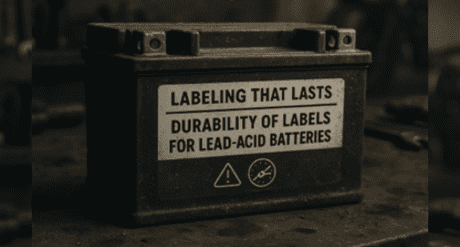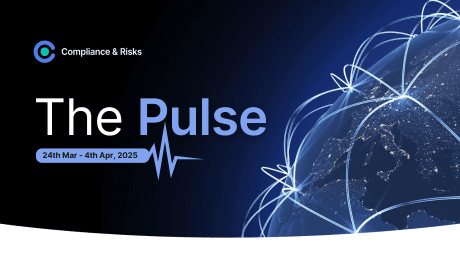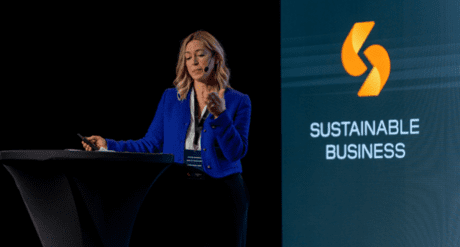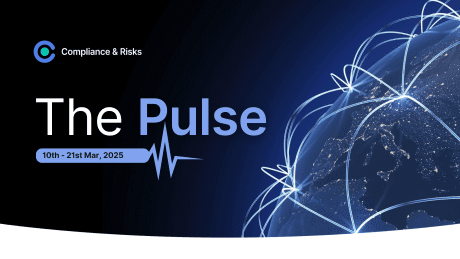
Medical Devices 101: Your Questions, Our Expertly Crafted Answers
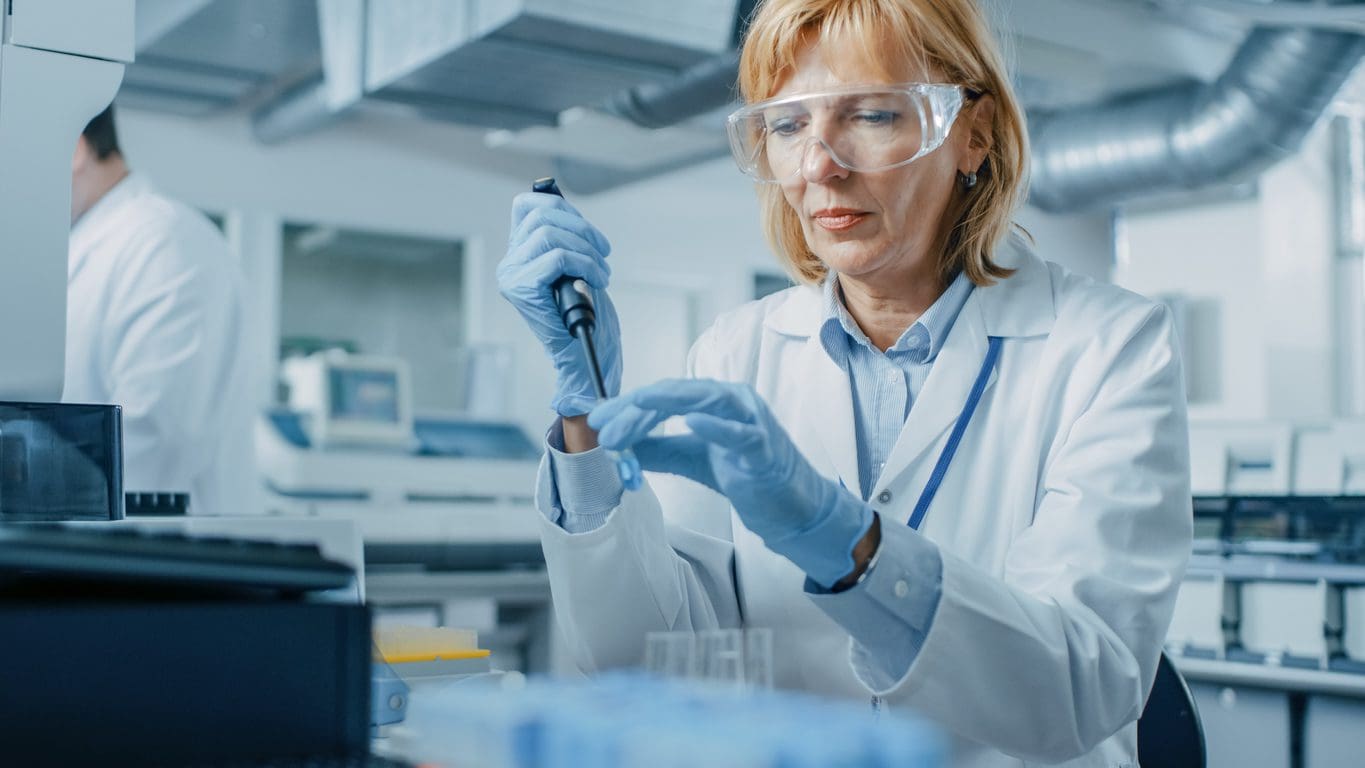
Medical devices face their own unique regulatory landscape that has been increasingly complicated by several factors in recent years.
The demand for more sustainable technology is being driven by both consumer demand and legislators, leading to regulatory implications. Global events such as Brexit and COVID-19 have also created unprecedented challenges.
As devices become increasingly integrated with artificial intelligence and internet connection, new cybersecurity and data protection legislation is racing to keep up.
And on top of all this, the new regulatory framework for IVDR and proposed amendments for registration & inspection of medical devices under MDR means staying ahead is more critical than ever.
In our new series, we gather some of the most interesting recent inquiries from Compliance & Risks customers regarding the medical device regulatory updates globally:
Question 1: Can you confirm scope please? Is there exemptions, I see EEE is on the list, does this include IVDs, Medical devices please?
EAEU: Non-Tariff Regulation Measures for Trade with Third Countries, Decision No. 30, 2015 – Amendment – (on waste of electrical and electronic products) Decision No. 128, 2022
Denise McDermott, Senior Regulatory Compliance Specialist answers:
As per EAEU: Non-Tariff Regulation Measures for Trade with Third Countries, Decision No. 30, 2015 – Amendment – (on waste of electrical and electronic products) Decision No. 128, 2022, waste of electrical and electronic products used mainly for the extraction of precious metals in the list of goods for which a permit procedure for import and export is obligatory so it does not refer to medical devices.
Specifically, as per decision 128, in of the list of goods for which Permissive procedure for import into the customs territory Eurasian Economic Union and (or) export from the customs territory of the Eurasian Economic Union, the following was added;
“Waste and scrap electrical and electronic products used mainly for extraction of precious metals”
EAEU: Non-Tariff Regulation Measures for Trade with Third Countries, Decision No. 30, 201 establishes uniform non-tariff regulation measures in the customs territory of the Eurasian Economic Union, including a prohibition on the import and export of certain substances and goods as listed in Annex 1 and an authorisation procedure for the import and export of certain substances and goods listed in Annex 2.
Annex 1 contains ozone-depleting substances and products containing ozone-depleting substances and Annex 2 contains hazardous waste prohibited from import, which includes Clinical and related waste (waste from medical, veterinary or other similar activities; waste generated in hospitals and other institutions during the examination, examination and treatment of patients or research activities), wastes from the production, preparation and use of pharmaceutical products, including expired medicines*, including those intended for the treatment of animals.
Question 2: Just checking the scope of this proposal, are there exemptions, are medical devices/ IVDs/ Pharma products in/ out of scope please and do we know when the PFAS ban takes effect?
Belgium: Reducing the Placing on the Market of Harmful Single-use Products and Increasing the Recycled Content of Certain Products, Draft Royal Decree, November 2022
Denise McDermott, Senior Regulatory Compliance Specialist answers:
The Belgian Federal Public Service for Health, Food Chain Safety and the Environment issued a Draft Royal Decree which applies to single-use plastic containers intended for the distribution of food or drink for immediate consumption either on-the-spot or take-away, with the exception of single-use plastic containers which are industrially pre-filled, non-compostable labels intended to be glued to fruit and vegetables, single-use plastic packaging intended to pack unprocessed fresh fruit and vegetables, products listed in Annex 2 which are not composed of post-consumer recycled plastic, single-use products listed in Annex 3, advertising or non-addressed printed matter with packaging containing plastic, single-use cups made of cardboard with a plastic coating, packaging containing PFAS. Annex 2 lists Shrinkable sleeves, also called pallet sleeves or pallet cover sleeves, Plastic compost drums and bins, Plastic rolling containers, Plastic nursery pots, nursery trays and plant trays used for the cultivation and packaging of flowers and plants, Urban furniture with plastic part.
Annex 3 lists Plastic confetti, Plastic glitter, Plastic sticks other than for medical applications, Plastic skewers, Plastic coffee, tea and herbal tea bags, Single-use coffee capsules containing plastic or aluminium, Cutlery and plates other than home compostable ones and Laminated advertising cards. The draft decree mentions only one exemption, in Annex 3 and that is; “Plastic sticks other than for medical applications”. Other than this exemption, medical devices, IVDs or pharma products are not called out specifically.
In relation to your second question for this draft Decree, the end of Standstill is 01 March 2023. We expect more information after that. With regards to compliance dates, currently, the proposals are as follows; From Jan 01, 2024 the minimum recycled plastic content (of post-consumer plastic) in shrinkable sleeves, and materials consisting of plastic film placed on a product or series of products to be packaged shall be at least 25%, and the minimum recycled plastic content in plastic rolling containers for waste shall be at least 50%. From Jan 01, 2026, the minimum recycled plastic content (of post-consumer plastic) in shrinkable sleeves, and materials consisting of plastic film placed on a product or series of products to be packaged shall be at least 50% and the minimum recycled plastic content in plastic rolling containers shall be at least 80%.
Question 3: Would you mind explaining the difference between Software as a Medical Device (SaMD), Medical Device software (MDSW), and software driving or influencing the use of a medical device? References to specific regulations and/or guidance documents would be much appreciated.
Answered by Denise McDermott, Senior Regulatory Compliance Specialist answers:
The International Medical Device Regulators Forum (IMDRF) published guidance on Software as a Medical Device (SaMD) which includes key definitions, however this is only guidance, as the definition of Software as a Medical Device (SaMD) can vary from country to country. The IMDRF guideline states that “Software as a Medical Device” (SaMD) is defined as software intended to be used for one or more medical purposes that perform these purposes without being part of a hardware medical device.
However, some countries have their own specific definitions, and in the EU, the term medical device software (MDSW) is used. The EU Medical device Regulation 745 (MDR), defines the term Medical Device software (MDSW), under Classification rules; “Software intended to provide information which is used to take decisions with diagnosis or therapeutic purposes is classified as class IIa, except if such decisions have an impact that may cause: — death or an irreversible deterioration of a person’s state of health, in which case it is in class III; or — a serious deterioration of a person’s state of health or a surgical intervention, in which case it is classified as class IIb. Software intended to monitor physiological processes is classified as class IIa, except if it is intended for monitoring of vital physiological parameters, where the nature of variations of those parameters is such that it could result in immediate danger to the patient, in which case it is classified as class IIb. All other software is classified as class I.”
The MDCG 2019-11 guidance document on ‘Guidance on Qualification and Classification of Software in Regulation (EU) 2017/745 – MDR and Regulation (EU) 2017/746 – IVDR‘ also helps in this regard. Medical Device Software (MDSW) is defined as “software that is intended to be used, alone or in combination, for a purpose as specified in the definition of a medical device in the medical devices regulation or in vitro diagnostic medical devices regulation.” Other guidance documents that are useful include MDCG 2021-24 – Guidance on classification of medical devices, MDCG 2020-1 – Guidance on clinical evaluation and performance evaluation of medical device software and MDCG 2019-16 – Guidance on cybersecurity for medical devices.
In the USA, Software as a Medical Device (SaMD) is software that meets the definition of a device in section 201(h) of the FD&C Act and is intended to be used for one or more medical purposes without being part of a hardware device. While Software in a Medical Device (SiMD) is Software that meets the definition of a device in section 201(h) of the FD&C Act, and is used to control a hardware device or is necessary for a hardware device to achieve its intended use. Typically, SiMD is embedded within or is part of a hardware device, as per Content of Premarket Submissions for Device Software Functions, Draft Guidance. Per section 201(h) of the FD&C Act(h), The term ‘‘device’’ (except when used in paragraph (n) of this section and in sections 301(i), 403(f), 502(c), and 602(c)) means an instrument, apparatus, implement, machine, contrivance, implant, in vitro reagent, or other similar or related article, including any component, part, or accessory, which is— (A) recognized in the official National Formulary, or the United States Pharmacopeia, or any supplement to them, (B) intended for use in the diagnosis of disease or other conditions, or in the cure, mitigation, treatment, or prevention of disease, in man or other animals, or (C) intended to affect the structure or any function of the body of man or other animals, and which does not achieve its primary intended purposes through chemical action within or on the body of man or other animals and which is not dependent upon being metabolized for the achievement of its primary intended purposes. The term ‘‘device’’ does not include software functions excluded pursuant to section 520(o).
This definition, along with the FDA guidance on Policy for Device Software Functions and Mobile Medical Applications, provides guidance on which software functions the FDA considers to be a medical device. After careful analysis of the definition of SaMD from the IMDRF and FDA, we know that software that is used to power hardware or drive a hardware device, does not meet the criteria for SaMD. This type of software is what’s known as SiMD, or “software in a medical device” and includes any software that helps to run a hardware medical device, by powering its mechanics for example. In order for a product to be classified as SaMD, the software must operate separately from any hardware when it performs its functions. The IMDRF guidance on ‘Possible Framework for Risk Categorization and Corresponding Considerations’ adds valuable information to this point. Furthermore, MDSW does not include software that is used only to drive or influence the use of medical devices.
Question 4: Can you please help me find the registration flowchart for IVDs in the Australia’s TGA regulation?
Answered by Denise McDermott, Senior Regulatory Compliance Specialist answers:
You will find the registration flowchart for IVDs as per Australia’s TGA regulation here
Stay Compliant With Global Medical Device Regulations:
Catch up on our latest medical device updates with your coffee here:
- IVD Regulations In The EU
- IVDR Regulatory Compliance: What are your IVDR and product blindspots?
- IVDR Compliance: What You Need To Know
- Regulatory Developments in Medical Devices: A Review of Recent Legislation
Register for our on-demand webinar for a regulatory update on the medical devices industry here.
Your Questions Answered
Many of the above questions were submitted and answers were conveyed to Compliance & Risks customers via the “Ask Our Experts” button in C2P.
Clients use AOE to ask about the latest proposed, enacted and amended regulations and mandatory standards applicable to their products and geographies of interest.
When AOE questions can be answered in 30 minutes or less, Compliance & Risks’ subject matter experts answer them at no charge!
To learn more about C2P and how Compliance & Risks’ SMEs can help you with your questions, contact us today.
Meet our Experts

Denise McDermott, Senior Compliance Specialist, Compliance & Risks
Prior to joining Compliance & Risks, Denise worked in the medical device industry for 13 years across a number of areas including regulatory affairs, post-market surveillance, customer complaints, quality, and technical support.
She has experience in several areas including IVDR, CE marking, labeling, legal documentation, customer and quality technical communications and regulatory risk assessments.

